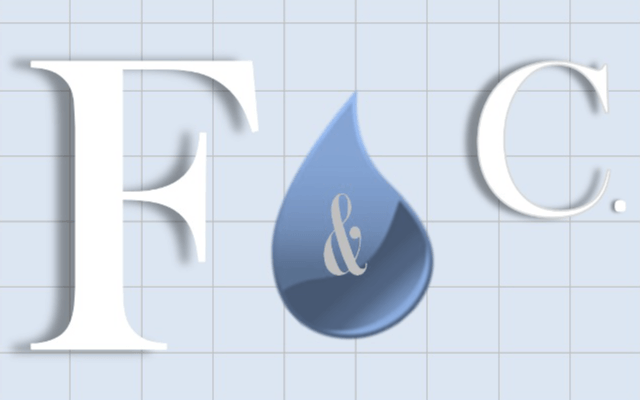Selected by the national jury of the i-Lab innovation competition organised by Bpifrance and the French Ministry of Higher Education, Research and Innovation, GeO2 technology is the work of a team of researchers from Inria Nancy-Grand Est. The project will lead to the creation of a start-up within the next 12 months. Using digital modelling, it aims to enhance the use of natural underground reservoirs, not only for “new” users of the underground environment as part of the transition to a green economy, but also for existing fossil industries. Here GeO2 introduces itself for its pre-release.
My name is GeO2
I was born in 2010 in the Alice project team jointly affiliated to Inria Nancy Grand-Est and Loria. I received two grants from the European Research Council (ERC), the Goodshape Starting Grant and the Vorpaline Proof of Concept Grant. Back then I was a generic meshing software project intended for all sectors of mechanical engineering. I was re-named GeO2 in 2019, when the decision was taken to concentrate research on a very specific application – modelling potential deformations of underground reservoirs. This type of analysis is of strategic importance to operators in geological storage of CO2, geothermal energy, and oil and gas who wish to maximise the profitability of their investments and minimise financial risks.
My aim is to facilitate the geomechanical simulation of reservoirs
When Wan-Chiu Li joined Inria to develop the GeO2 project, he was convinced that the technology was ripe for application in the underground industries. Why? With 11 years of industrial experience in the development of software for exploration and production, he knew that the solutions then used by companies in these sectors did not always reliably simulate reservoir deformations. The result was sometimes risky investments in production and a danger that the exploration of pockets could lead to the damage or collapse of equipment or even of the reservoirs themselves. Conversely, “The geomechanical analyses performed using GeO2 enable us to visualise the behaviour of the reservoir as we extract resources or inject gas,” explains Wan-Chiu Li.
My technological features
GeO2 technology has one key strong point – it enables lightning-fast conversion and interpretation of data from modelling solutions and simulation software, thus making it possible, respectively, to develop 3D models of the underground environment and predict its behaviour during production. Based on the results of the Goodshape and Vorpaline ERC projects, this technology lets us “bridge the gap” between the world of 3D modelling and that of simulation. “In real terms, what we’re doing is segmenting the underground environment into a collection of small elementary volumes. Mathematical equations are superimposed onto these to accurately predict physical behaviour during simulation,” says Wan-Chiu Li.
My project developer
Aged 42, Ben Wan-Chiu Li has transformed GeO2 into an optimal 3D meshing industrial solution for underground reservoirs. He is now preparing to market it in the form of a start-up. Raised in Hong Kong by Chinese parents, he is fluent in Cantonese, Mandarin and English (the three languages taught in Hong Kong) as well as Hokkien (his parents’ language) and French. Following his studies at Hong Kong University, he specialised in computer vision. During a symposium in 2000 he met Bruno Lévy, former head of the Alice project team and current director of Inria Nancy-Grand Est. Wan-Chiu Li joined his team as a research engineer before completing his doctoral thesis there. After a long time spent in software development, he is back at Inria since 2018 to work on the GeO2 project.
My next challenges
Conscious of the fact that good technology alone is not enough to create a profitable business, the researcher has just completed an intense nine-month training course in business run by Inria in partnership with EM Lyon Business School. As he explains, “For a researcher who is used to going into detail, it is often not easy to present a 5- or 20-minute pitch to a lay audience that is easy to understand. This course was of great help. It also taught me to identify and target the most promising market segments for our technology, namely fossil fuel companies, geothermal companies and up-and-coming specialists in CO2 geological storage.” The latter wish to prevent geologically stored greenhouse gases from being released into the atmosphere. All that remains is to finalize the creation of the business, build the reputation of its technology, and then market it.
Initial post from Inria.
For more details, contact us.
